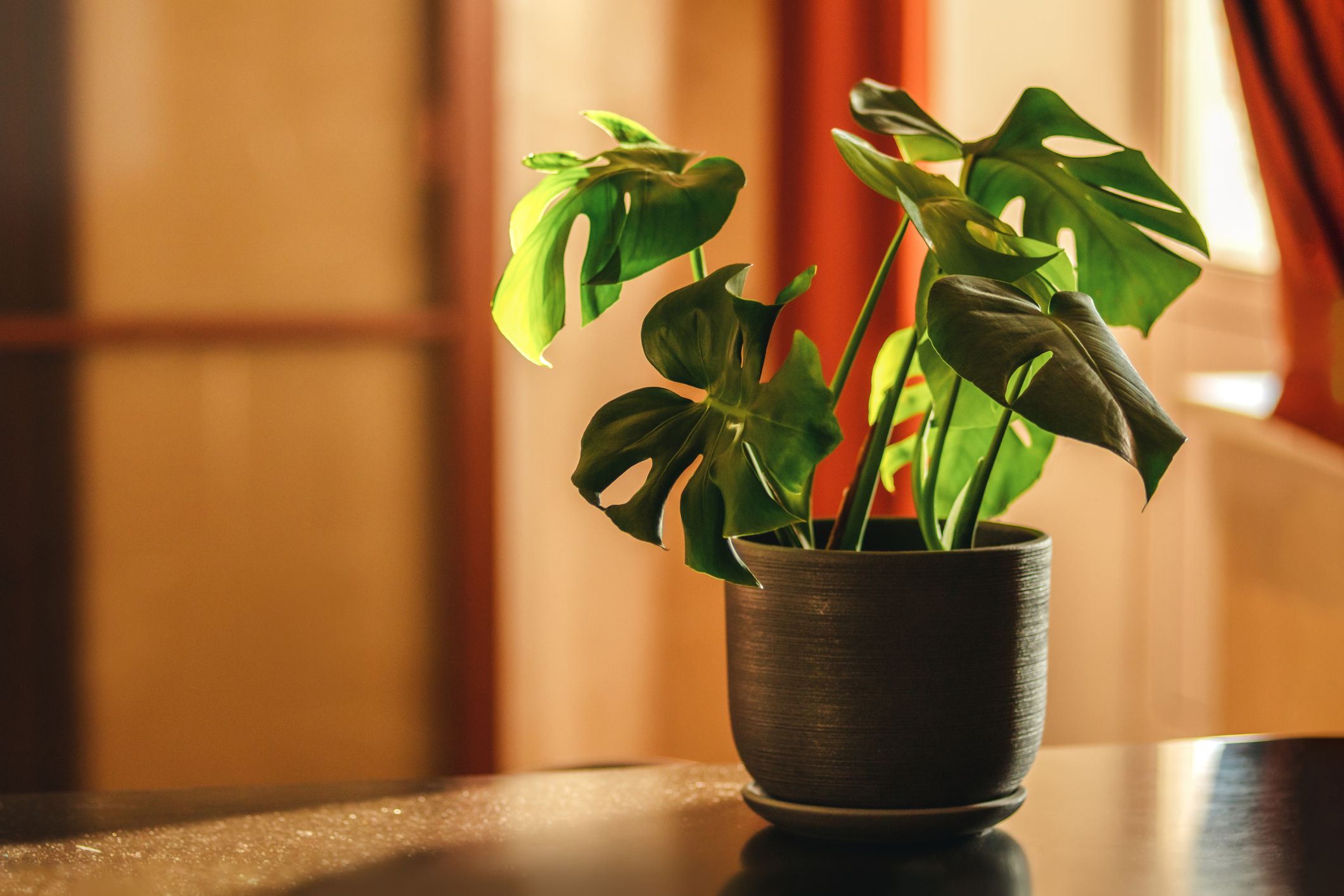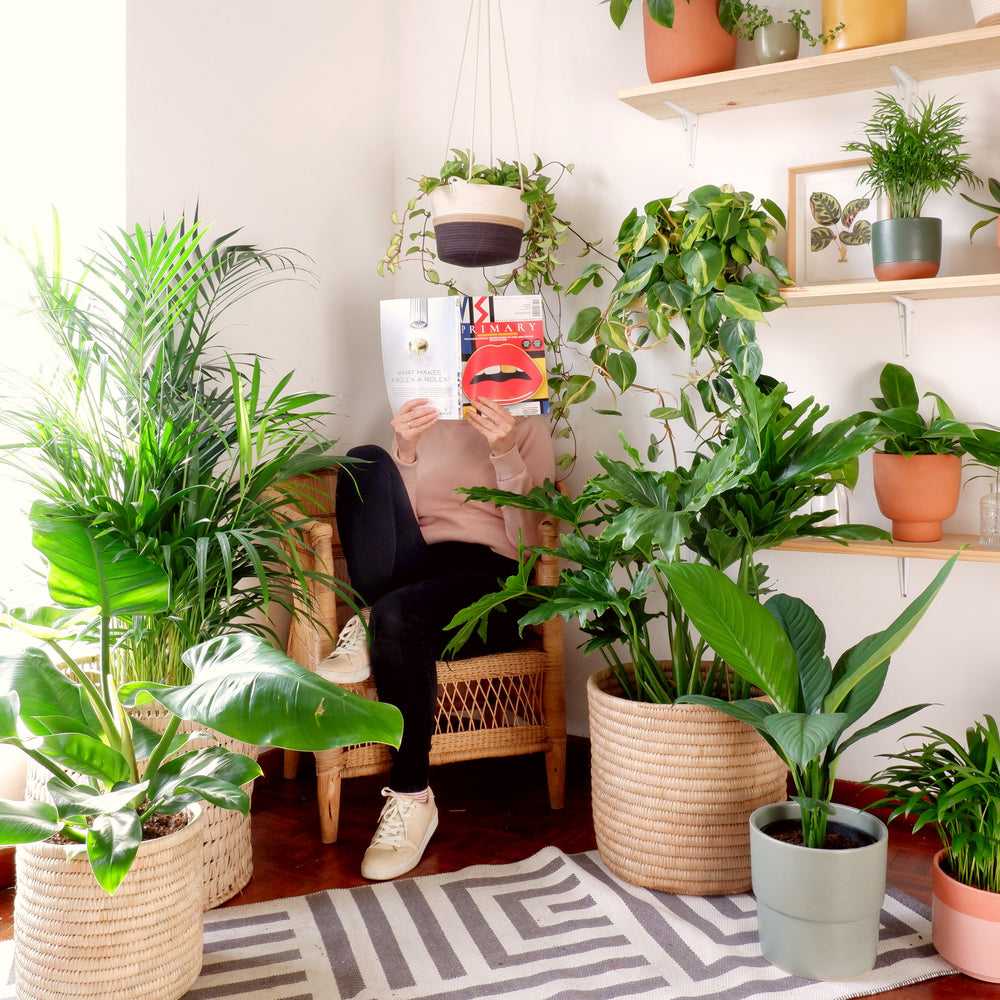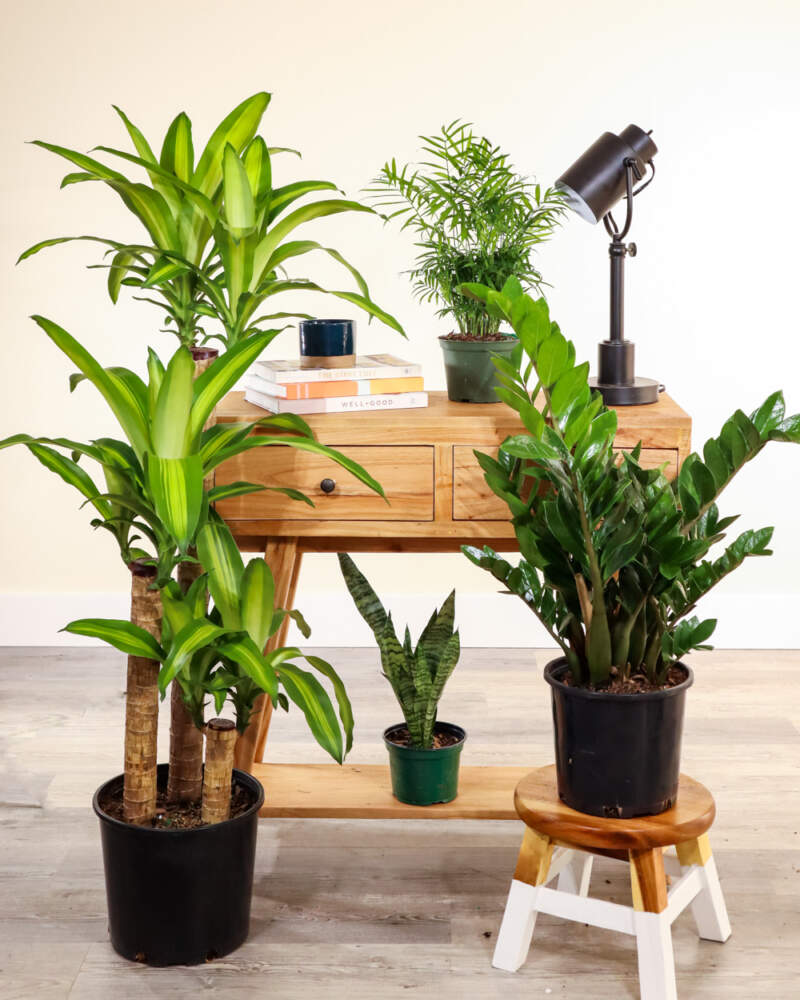Low Maintenance and Beautiful: Best Low-Light Indoor Plants for Your Home
Low Maintenance and Beautiful: Best Low-Light Indoor Plants for Your Home
Blog Article
Transform Your Home With Beautiful Low-Light Indoor Plants and Their Benefits
Including low-light indoor plants into your home can substantially enhance both the environmental and visual quality of your living spaces. These plants, which thrive in dark conditions, offer not only as ornamental elements yet also as all-natural air cleansers, making them excellent for urban occupants or those with limited sunlight exposure. As we explore the various kinds of low-light plants and their benefits, you may find shocking methods to incorporate them into your home that can change your surroundings in means you might not have expected.
Advantages of Low-Light Plants
Low-light plants offer countless advantages for interior settings, making them a superb choice for both beginner and experienced garden enthusiasts. One of the main benefits is their versatility to low-light conditions, allowing people to enhance their home without the demand for substantial sunshine exposure. This characteristic makes them ideal for apartment or condos, workplaces, and other locations with restricted natural light.

In addition, integrating low-light plants into home decor can raise the visual allure of a room. Their lush foliage and differed structures develop a relaxing ambience, adding to general health. Last but not least, the existence of greenery has actually been linked to reduced tension levels and improved efficiency, making low-light plants a practical selection for enhancing both physical and mental health in indoor settings.
Top Low-Light Indoor Plants
While numerous indoor plants flourish in brilliant light, numerous types are especially appropriate for low-light problems, making them perfect for different interior areas. One prominent option is the Snake Plant (Sansevieria), understood for its striking upright fallen leaves and durability, calling for very little treatment. One more superb choice is the Pothos (Epipremnum aureum), which includes heart-shaped leaves and can track magnificently from wall mounts or racks, flourishing in reduced light and including a lavish touch.
The ZZ Plant (Zamioculcas zamiifolia) is commemorated for its shiny fallen leaves and capability to hold up against forget, making it perfect for hectic lifestyles. In a similar way, the Peace Lily (Spathiphyllum) not only endures reduced light however likewise generates sensational white flowers, boosting any room's visual.
For an unique touch, take into consideration the Cast Iron Plant (Aspidistra elatior), which undoubtedly lives up to its name, thriving in the darkest edges of your home. Last but not least, the Chinese Evergreen (Aglaonema) supplies a variety of fallen leave patterns and colors while being extremely flexible in low-light problems. These plants not only enhance interior environments however additionally contribute to air purification, improving your living area.
Treatment Tips for Low-Light Plants

Watering techniques go to these guys are important; these plants usually prefer somewhat completely dry conditions. Overwatering can cause root rot, so guarantee that the top inch of dirt is dry prior to watering once more. Usage pots with water drainage holes to allow excess moisture to get away.
Moisture is one more important aspect. Several low-light plants, such as brushes and tranquility lilies, gain from higher humidity levels. To raise moisture, consider misting the leaves or putting a tray of water near the plants.
Fertilizing ought to be come close to with care. Throughout the expanding period, use a diluted, well balanced fluid plant food each month to sustain development, but stay clear of fertilizing during the inactive winter months.

Creative Ways to Display Plants
Interior plants can act as captivating focal factors in any type of area, enhancing both aesthetic appeal and ambiance. Creative screens can raise the visual influence of low-light plants, making them an indispensable component of your home decor. One effective method is to make use of tiered plant stands, which allow you to showcase numerous plants at varying elevations while taking full advantage of floor area.
Hanging planters are one more ingenious option, creating a feeling of depth and drawing the eye up. Think about macramé hangers or wall-mounted racks to introduce an unique appearance and design.
For a more structured technique, usage geometric terrariums or glass containers to house your plants, adding a contemporary touch to your indoor yard. You can additionally repurpose vintage items, such as teacups or wood dog crates, for an eclectic screen that mirrors your personality.
Enhancing Home Ambiance With Plants
Integrating low-light plants into your home not just improves aesthetic allure but also contributes considerably to the overall atmosphere. These plants offer as all-natural decor aspects, introducing a feeling of tranquility that can transform any kind of room. The presence of greenery promotes a relaxing atmosphere, which is especially see here now useful in high-stress atmospheres such as office or living rooms.
Low-light plants, such as snake plants, pothos, and ZZ plants, are not just visually pleasing but likewise enhance interior air quality by filtering system contaminants. This dual feature improves the ambiance further, creating a healthier home (Best low-light indoor plants). The strategic placement of these plants can also influence the understanding of room; for circumstances, high plants can draw the eye upward, making ceilings appear greater and areas more spacious
Moreover, varying textures and colors of vegetation include deepness to indoor layout, enabling innovative expression in home designing. Whether put on shelves, in edges, or as centerpieces, low-light plants can elevate the state of mind of any room. In summary, incorporating these plants right into your home is an effective way to promote a warm, welcoming ambience while profiting of improved air quality and visual versatility.
Verdict
Including low-light interior plants right into home atmospheres supplies many benefits, including boosted visual charm and improved air high quality. These resilient plants, such as the Snake Plant and Peace Lily, require minimal light and maintenance, making them suitable for varied lifestyles.
While many interior plants prosper in brilliant light, numerous varieties are particularly fit for low-light problems, making them excellent for various interior areas. One effective technique is to utilize tiered plant stands, which permit you to showcase multiple plants at varying heights while maximizing floor room.
Low-light plants, such as serpent plants, pothos, and ZZ plants, are not only aesthetically pleasing but additionally enhance indoor air top quality by filtering toxins. Best low-light indoor plants. The calculated positioning of these plants can likewise influence the understanding of space; for instance, high plants can attract the eye upwards, making ceilings show up greater and rooms extra sizable
These resistant plants, such as the Snake Plant and you could check here Peace Lily, call for minimal light and upkeep, making them suitable for diverse lifestyles.
Report this page